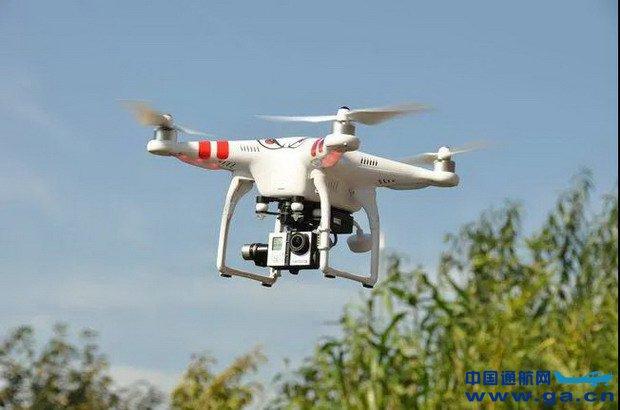The US drone industry has been a catalyst for technological advancements, constantly reshaping the landscape of modern innovation. Drones, or Unmanned Aerial Vehicles (UAVs), offer unprecedented capabilities. Their development has spurred advances in areas such as aerial photography, agriculture, public safety, and even in military applications. Understanding the latest innovations within the US drone sector provides insights into how these technologies are evolving and impacting various industries.
One key development in US drone technology is the enhancement of autonomy and AI. Drones are now capable of performing complex tasks such as obstacle avoidance and flight path optimization without constant human intervention. This aspect is crucial for the deployment of drones in environments where human control might be challenging or risky.
The integration of cutting-edge sensors is another significant advancement. Drones equipped with LIDAR and infrared cameras can capture detailed imagery and data that are otherwise difficult to obtain. For instance, drones with thermal imaging capabilities can identify heat signatures in search and rescue operations, making them invaluable tools for first responders.
Drones in Agriculture
In agriculture, US drones are revolutionizing farm management. With the use of precision agriculture techniques, drones can monitor crop health, manage irrigation systems, and even assess soil conditions. The collection of actionable data helps farmers optimize their outputs and reduce resource waste, leading to more sustainable practices.
Public Safety Enhancements
Public safety is another area benefiting from US drone innovations. Drones equipped with real-time surveillance capabilities can assist in crowd control during large events, or in disaster management to assess damage and coordinate relief efforts. Their ability to provide situational awareness in real-time is transforming how emergency services operate.
Military drones, originally developed for reconnaissance and combat roles, are now seeing adaptations in civilian fields such as environmental monitoring and telecommunications.
Military Applications: The military remains a significant driver of US drone technology advancement, continually seeking improvements that offer enhanced reconnaissance capabilities and reduced risk for personnel. Innovations include stealth technologies and advanced payload systems, enabling more efficient and discreet operations.
Challenges and Ethical Considerations

Despite the numerous benefits, US drone technology faces challenges, especially concerning privacy and safety regulations. As drones become more ubiquitous, the need for robust regulatory frameworks becomes paramount to ensure that these technologies do not infringe upon individual privacy rights and that they operate safely within national airspaces.
Additionally, ethical considerations regarding drone usage continue to spark debate. The potential for drones in surveillance raises questions around consent and misuse of captured data. Addressing these concerns is vital to fostering public trust and ensuring responsible utilization of drone technology moving forward.
Environmental Impact
Drones also play a role in environmental monitoring. With the ability to reach inaccessible areas, drones are being used to track wildlife populations and monitor ecosystems, aiding conservation efforts. They can provide real-time environmental data that supports proactive measures against climate change impacts.
Frequently Asked Questions
What are the regulations for drone use in the US? The Federal Aviation Administration (FAA) regulates drone operations in the US. Operators must comply with specific licensing requirements and adhere to airspace restrictions to ensure safe and lawful usage.
Can drones operate in adverse weather conditions? Yes, advances in drone technology allow some models to operate in adverse weather conditions, although the extent varies depending on the drone’s build and sensor robustness.
How do drones contribute to sustainability? Drones contribute to sustainability by optimizing resource use in industries like agriculture, reducing carbon footprints via efficient delivery systems, and providing critical data that aid environmental conservation efforts.